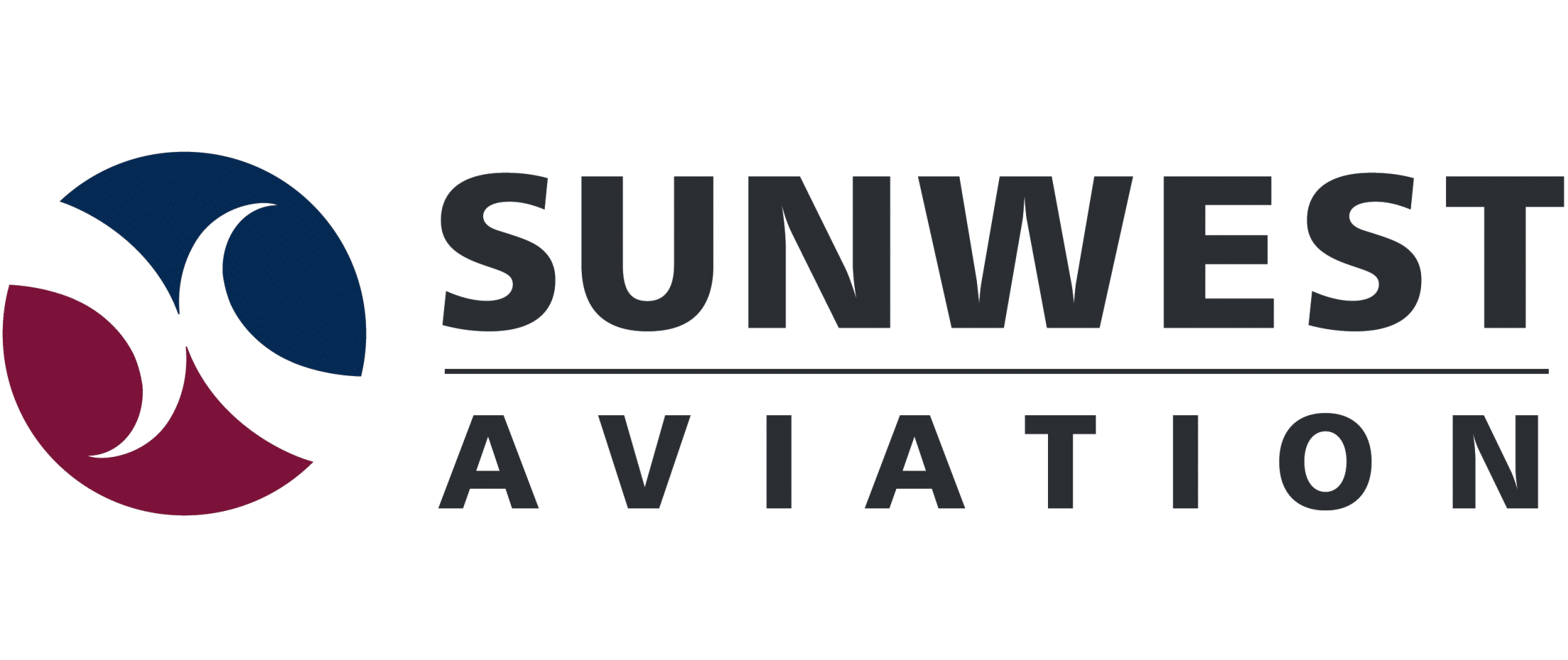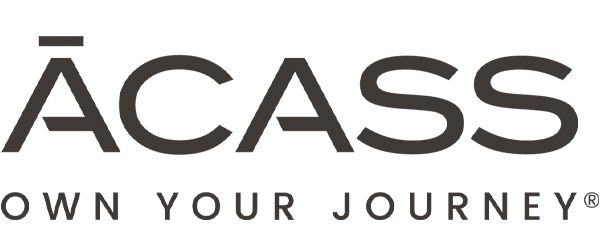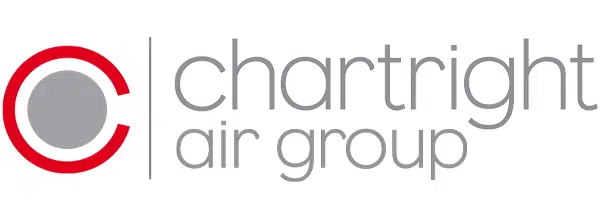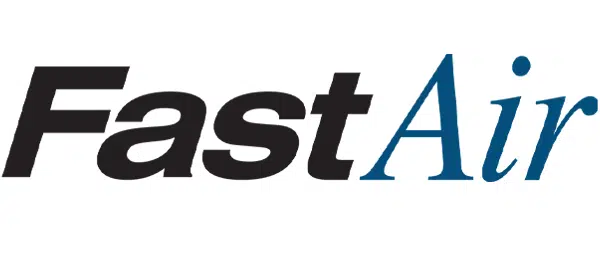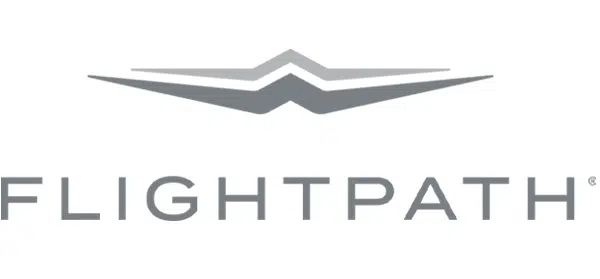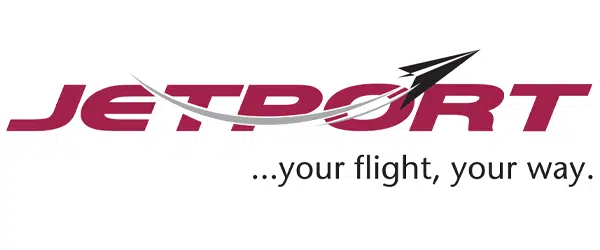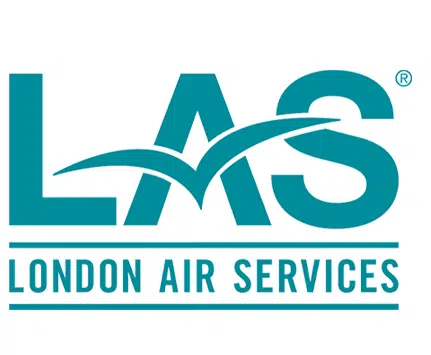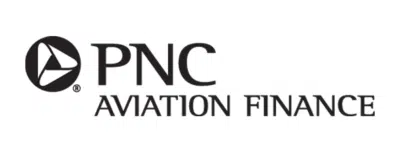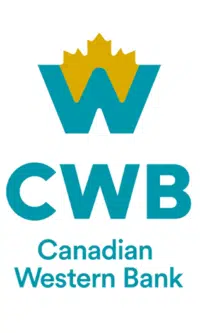Passenger Protect Program Update – YYZlaw Article
Passenger Protect Program Update – YYZlaw Article
For the last few months, we have been trying to determine, for our numerous foreign business aircraft operators, which air carriers fall withing the scope of Transport Canada’s Passenger Protect Program (PPP). As we indicated in our April 1st blog, the confusion lay with the wording of the Secure Air Transport Regulations (SATR), which sets out the requirements and criterion for carrier compliance with the PPP.

Under Section 2 of these Regulations, the PPP is imposed on air carriers: “… if the passengers, the property in the possession or control of the passengers and the belongings or baggage that the passengers give to the air carrier for transport are subject to screening that is carried out – in Canada under the Aeronautics Act or in another country by the person or entity responsible for the screening of such persons, property and belongings or baggage – before boarding.”
Naturally, all commercial air carriers conduct some sort of screening before allowing passengers, baggage or cargo, onboard the aircraft. However, Section 2 of the SATR explicitly refers to screening performed by a person or entity responsible for aviation screening, such as the Canadian Air Transport Security Authority (CATSA) in Canada, and the Transportation Security Administration (TSA) in the United States.
Regrettably, this significant distinction was not included in the PPP Carrier Eligibility Checklist Questionnaire circularized to all air carriers possessing commercial authority from Transport Canada, hence the source of the confusion. Question #5 of the Questionnaire asks:
Are all or some of your flights subject to screening (incl. screening of passengers, property, and personal belongings/baggage) that is carried out – in Canada under the Aeronautics Act or in another country – before boarding? (Y/N)?: _________
We have pointed out to Transport Canada the lack of completion in the above question, which we believe was intended to mirror the language of Section 2 of the SATR. This discrepancy is particularly consequential for business aircraft carriers who conduct screening on an internal basis, and are therefore uncertain on whether they fall under the PPP program. Based on the language of the SATR, it is our opinion that business aircraft operators who have their passengers and baggage subject to internal screening only, need not comply with the PPP.
We are happy to announce that Transport Canada has confirmed and shares our interpretation of Section 2 of the SATR. We therefore advise all our clients and business aircraft carriers who conduct screening on an internal basis only, to answer Question #5 of the PPP Carrier Eligibility Checklist Questionnaire in the negative.

- New Liability Limits MC99
- Special Aviation Exemptions Issued to Ensure Critical Holiday Operations
- Simplifying Airspace Operations: Understanding AC 700-039 Issue 03 and RVSM Requirements









